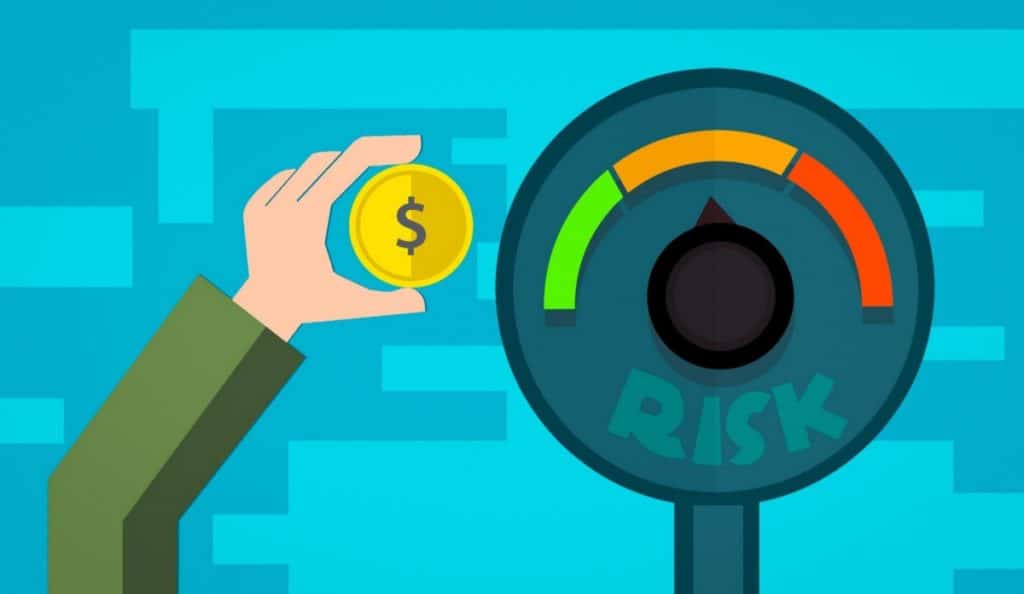The popular FICO scoring tool has recently changed to help lenders better understand credit risks in a shaky economy. FICO, the originator of the popular credit score metrics, is changing to address the resilience of a consumer’s credit when economic circumstances are uncertain. The new credit scoring model takes some time to understand, but here is a quick overview of the new FICO resilience score.
Defining the Resilience Index
As the name suggests, the new model is supposed to be an indicator of how well consumers will be able to handle their financial responsibilities when the economy isn’t doing so well. This score is an attempt to predict how resilient a consumer will be to potential financial turbulence. The range on the index goes from one to 99, with a low score indicating a consumer is in good shape to handle an economic downturn, while those with higher scores signify that a consumer is more likely to fall behind on their finances obligations or bills during a poor economy. As FICO published, those with a score of 70 to 99 are considered very sensitive to an economic shift, with those falling between 60 to 69 only being listed as sensitive. Between 45 to 59 is the category of moderate resilience, and those from one to 44 are considered highly prepared and able to keep their financial stability in a recession.
Finding Equality in Credit Worthiness
Credit scores are often the most common way to determine credit worthiness, but in a roller-coaster economy, consumers who share the same credit scores don’t always share the same resilience to financial stress. Rather than blocking credit applications for all consumers and stalling an economic rebound, lenders can use the new FICO resilience score to determine which consumers have the greatest risk, regardless of their credit score. For example, consumers with a 650 credit score are generally considered similar in their level of risk during normal lending situations. However, there are some in this category that will be more likely to fall behind during a period of financial hardship. The resilience score accounts for this inequality in creditworthiness. There are consumers all along with the traditional FICO scoring model that won’t be able to withstand finanical stress and fall past due on their account.
Getting a Good Resilience Rating
After the economic upset that occurred on account of the COVID-19 pandemic, a resilience rating is important for borrowing or opening new lines of credit. Higher-resilience consumers will be prioritized for new accounts, as their score shows that the lender doesn’t assume a great risk. To beef up your reliance rating there should be minimal hard inquiries on your credit report, have a lengthy history of credit management, have few active accounts on your credit accounts, and have low balances on revolving accounts. Generally speaking, those who practice good credit habits are more likely to have a favorable Resilience Index score.
Looking at the Differences Between FICO Resilience Score and a Credit Score
In spite of sharing part of a name, there are differences and similarities between a traditional FICO credit score and the new FICO Resilience Index. To begin with, the scale is different between the two. FICO scores move between 300 to 850, while resilience scores stay between one to 99. The direction of the scale is also different, as low numbers on the Resilience Index show more favorably to a lender, while a higher number indicates more creditworthiness on a FICO score. Similarities include both scoring types valuing lengthy credit history, having a low utilization ratio, and keeping inquires for the past year low. However, the Resilience Index rewards those with fewer active accounts instead of a FICO scoring leaning toward those with several different active account types.
Knowing How You Are Affected
For those looking at financial options, the Resilience Index does not replace the traditional FICO score. It is simply a tool that lenders use to better evaluate creditworthiness when the economy is struggling. Individuals with bad credit are unlikely to have their applications approved by potential lenders regardless of what their resilience score may be. People with low credit can take advantage of the tradelines offered by Coast Tradelines to give their score a boost and open new finanical possibilities. For the 40% of consumers that have fair to good credit ratings, the new index may put a pause on lenders extending credit. Though you may not have poor credit, you could also benefit from a program that will raise your overall FICO score. Consumers with very good or exceptional credit scores probably won’t experience as many challenges as the other FICO scoring categories in obtaining new credit regardless of their resilience score.
Raising Your Credit
To give your credit a lift and improve your creditworthiness, AU tradelines are an effective and accessible option. Contact our team at Coast Tradelines for help obtaining financial stability and a higher credit score.


